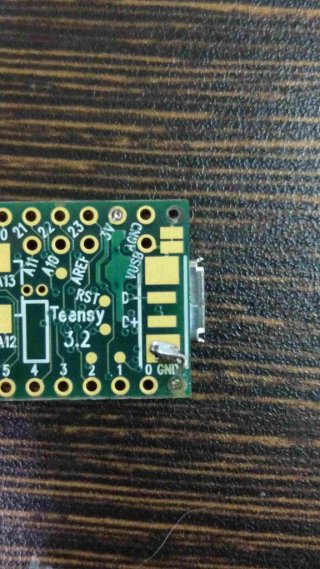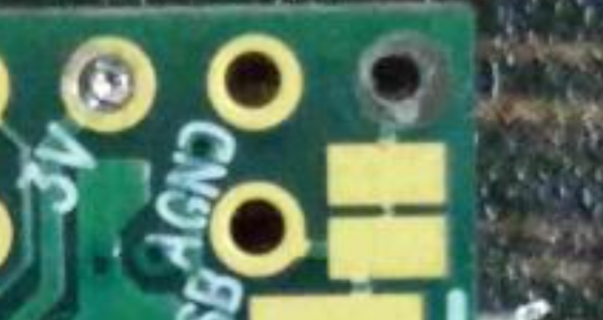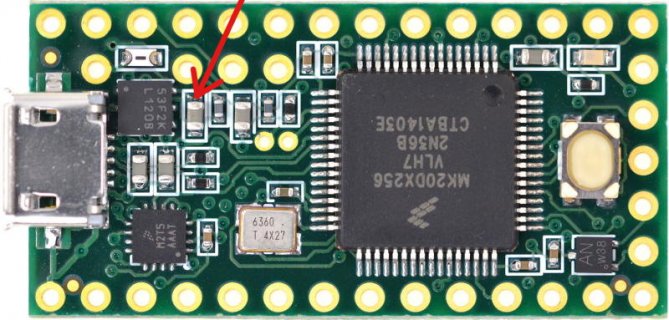surajjorwekar
New member
Hello, Bad day it was. Teensy not working due to bad soldering experiences.
I soldered through holes near USB ie.e GND and Vin but wen i desoldered them the metal inside the through hole came out accidentally.
Anyone can please help me out ? Only 2 holes are damaged.
I soldered through holes near USB ie.e GND and Vin but wen i desoldered them the metal inside the through hole came out accidentally.
Anyone can please help me out ? Only 2 holes are damaged.





